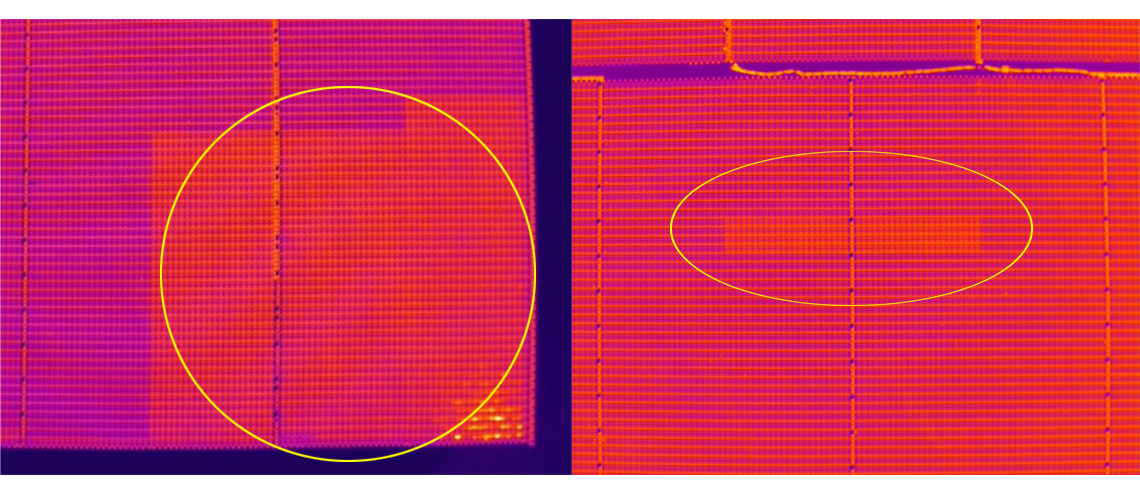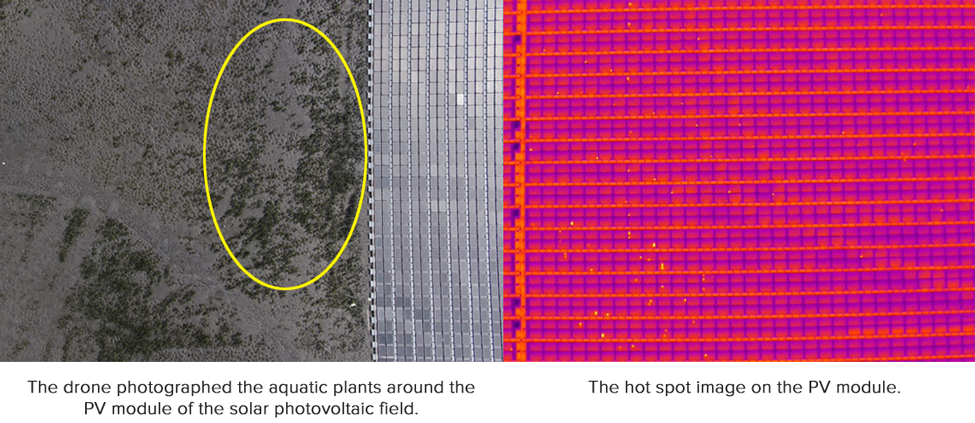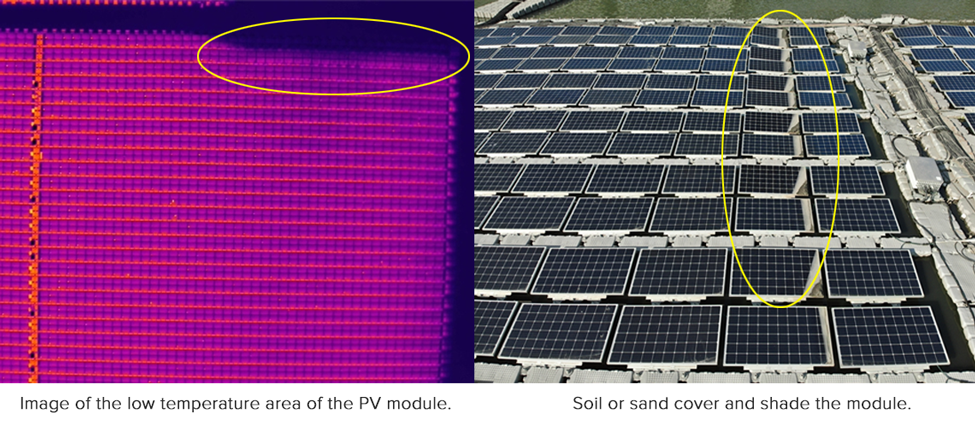Eco-friendly Innovation
綠色創新
ECOVE's Solar Power Plant Operations
-- Application of UAV Infrared Thermal Imaging Technology
As an island country, Taiwan is surrounded by the sea with abundant sunshine. Its unique geographical environment has made it suitable for the development of renewable energy. The average annual sunshine hours in Taiwan are as high as 1,847 hours. The area south of Changhua receives even more sunshine, which is conducive to expanding solar power plants. In accordance with Taiwan's diverse energy development policy, the Ministry of Economic Affairs has set a target that the renewable energy power generated should account for 20% by 2025, mainly consisting of solar and wind power, and formulated three major energy targets in the renewable energy policy: a net increase in supply capacity of more than 3,000MW, storage capacity of renewable energy reaching 1,500MW, and solar facilities installed reaching 20GW, in the hope that the use of renewable energy in Taiwan will reach 5% to 7% of total energy or 10% to 12% of total installed capacity of power utilities by 2025. In recent years, the solar power industry has seen vigorous development. According to statistics from the Ministry of Economic Affairs, a total of 9,157MW of the solar facilities were installed during 2022 (Note 2), accounting for as high as 68.4% of the total installed capacity of renewable energy. As Taiwan is actively striving for net-zero emissions, energy transition is a critical element. For this reason, in addition to setting a target capacity, how to operate a large solar power plant to ensure a stable power supply and improve power generation efficiency are crucial issues today.
Operations and management practices using unmanned aerial vehicles (UAVs)
Solar power generation is susceptible to climate and duration of sunshine. To improve the efficiency of solar power generation, solar panels are generally installed in places with sufficient sunlight. Moreover, because a wide and vast space is needed, water surfaces, rooftops, or disabled landfills are suitable locations for the installation of solar facilities. As the number of solar panels used in large power plants may reach as high as hundreds of thousands or even millions, the traditional manual inspection and maintenance is extremely time-consuming and strenuous. Often conducted on a quarterly basis, it is impossible to ensure the normal operation of the equipment through manual inspections, which may result in an unstable power supply and low power generation efficiency. Therefore, how to optimize inspection technology and improve power generation efficiency is paramount. ECOVE Environment Corporation (hereinafter referred to as "ECOVE"), a subsidiary of the CTCI Group, has integrated infrared imaging technology and the UAV and applied it to the operations of solar power plants. Through the UAV's high-altitude angle, it can conveniently make observations and maintain a fixed height and camera angle for large-scale inspections, without being affected by the physical environment, while being able to quickly identify equipment anomalies and clarify possiblecauses, thereby reducing the time by half and manpower spent during manual inspections, significantly improving the inspection efficiency. The UAV infrared imaging is to detect thermal anomaly with a photovoltaic module (PV module). The module consists of many panels. If the temperature is higher than that of the surrounding modules in series, the wavelength of infrared radiation will be shorter, and the color will be brighter orange. When power generation is abnormal, the current and voltage will accumulate, forming hot spots, and the power supply efficiency will decrease with the damaged module, as shown in figures below.

Image of thermal anomaly in the PV module in series.
Optics and electronics are combined for imaging the visible light module of the UAVs, and the key to the success of module is accuracy and high-definition imaging. Abnormal situations, for example, aquatic plants multiplying on the floating photovoltaics, bird excrement or sand accumulated on the solar panels that shade the PV module, resulting in hot spots; or seawater lapping on the PV module, leading to low temperatures; soil or sand shading the module, among other anomalies, can be quickly and accurately identified by the UAVs.


Conclusion
Due to the high construction costs of solar power plants, inspection, repair, and maintenance following installations are essential. In particular, the panels are often located at elevated and dangerous places, the UAVs can photograph the entire site in the air conveniently. With thermal images, panels with decreasing power generation efficiency can be immediately identified and replaced to maintain the optimal power generation efficiency. Furthermore, the replacement of manual inspections with UAVs helps ensure the safety of inspection personnel, while the inspection data may be stored as the basis for intelligence analysis in the future, which is beneficial for the operations of solar power plants. As the UAVs have been applied more widely, ECOVE will live up to the mission of "Applying technical knowhow to advance efficiencies in ‘resource cycling’" and adopt computer image analysis and comparison to determine the types of anomalies and establish a big data database as a reference for power plant construction and operations in the future, thereby improving the efficiency of operations and further applying UAVs to other fields to create a more efficient and safer work environment. References Note 1:The Investigation of Sunshine Time Relative to Solar Energy in Taiwan Area by Tian-Yow Shyu* and Hong-Yung Tseng Note 2: Renewable Energy Website of Bureau of Energy, Ministry of Economic Affairs: https://www.re.org.tw/default.aspx



